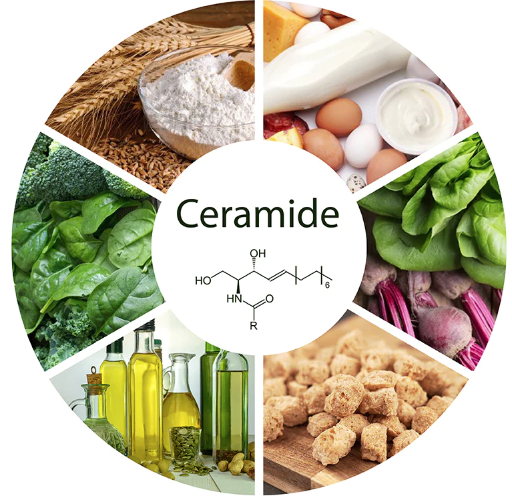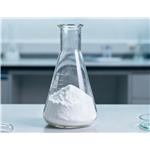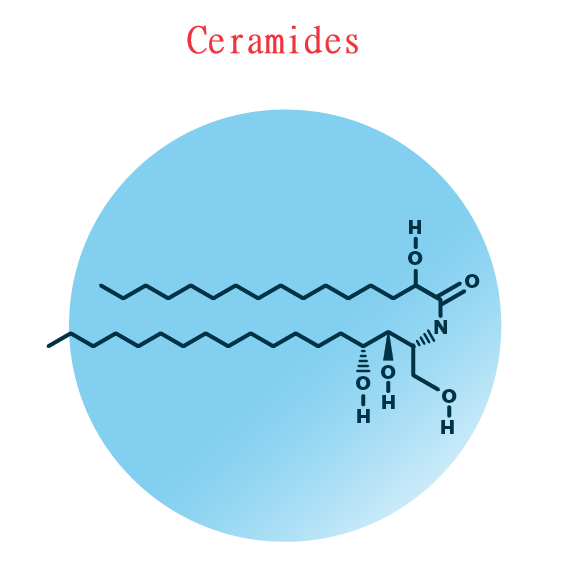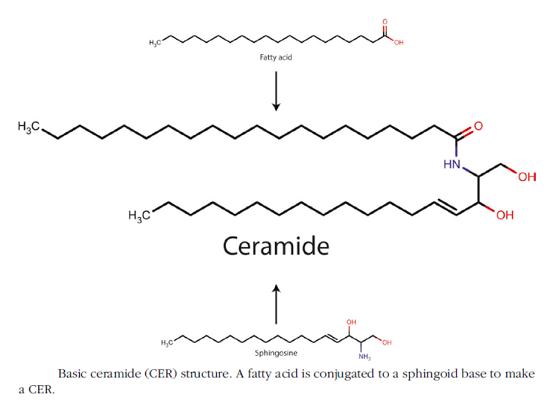What you need to know about ceramides?
Description
Ceramides are a structurally heterogeneous and complex group of sphingolipids containing mainly sphingosine, phytosphingosine or 6-hydroxysphingosine, C18-sphingoid bases in amide linkage with a variety of nonhydroxy, α-hydroxy, or ω- hydroxy acids. These differences in type and extent of hydroxylation, together with the N-acyl chain lengths and the presence of an additional acylation at the ω-side of the N-acyl group, account for the heterogeneity of the epidermal sphingolipids[1].
In food

Foods like soybeans, dairy, eggs, sweet potatoes, wheat germ, corn, and brown rice are good sources of ceramides. Note: Refrain from using oral ceramides as they can mess with your lipid profile. They are a form of toxic fat that can be thought of almost like cholesterol. They are produced by eating too many calories and inflammation in a person's body. When a person's ceramide levels are too high, it can lead to insulin resistance, type 2 diabetes, and heart disease.
Biological function
Ceramides are fats or lipids that are found in skin cells. They comprise 30% to 40% of your outer skin layer or epidermis. They are essential for retaining your skin's moisture and preventing the entry of germs into your body. If your skin's ceramide content decreases (which often happens with age), it can become dehydrated. Ceramides play a role in your skin's barrier function, which serves as your body's first line of defense against external pollution and toxins. They also promote brain development and maintain cell function. They're often present in skin care products like ceramide moisturizers, creams, serums, and toners — all of which can help keep your skin healthy by improving its ceramide levels[2].
For skin
A ceramide is a lipid molecule that plays an essential role in both water-retention function and barrier function in the stratum corneum – the outer layer of skin. Ceramides ensure that trans-epidermal water loss does not occur too quickly by holding onto water in the skin.
In addition, ceramides can reduce free radicals in the skin that destroy elastin and collagen. This helps prevent metabolic processes that can lead to hyperpigmentation and age spots. Ceramides hold skin cells firmly together in the uppermost skin layer. This keeps the fluid in the skin and protects it from allergens and external aggressors.
References
[1] Luisa Coderch. “Ceramides and Skin Function.” American Journal of Clinical Dermatology 4 2 (2012): 107–129.
[1] Yadav, N. Bhushan Madke and Anupam Das. “Ceramides: Where do we stand?” 2021. 0.
You may like
Related articles And Qustion
See also
Lastest Price from Ceramides manufacturers

US $0.00-0.00/kg2025-09-30
- CAS:
- Min. Order:
- 0.10000000149011612kg
- Purity:
- ≥95%
- Supply Ability:
- 20000kgs

US $0.00-0.00/kg2025-09-30
- CAS:
- Min. Order:
- 0.10000000149011612kg
- Purity:
- ≥90%
- Supply Ability:
- 20000kgs




